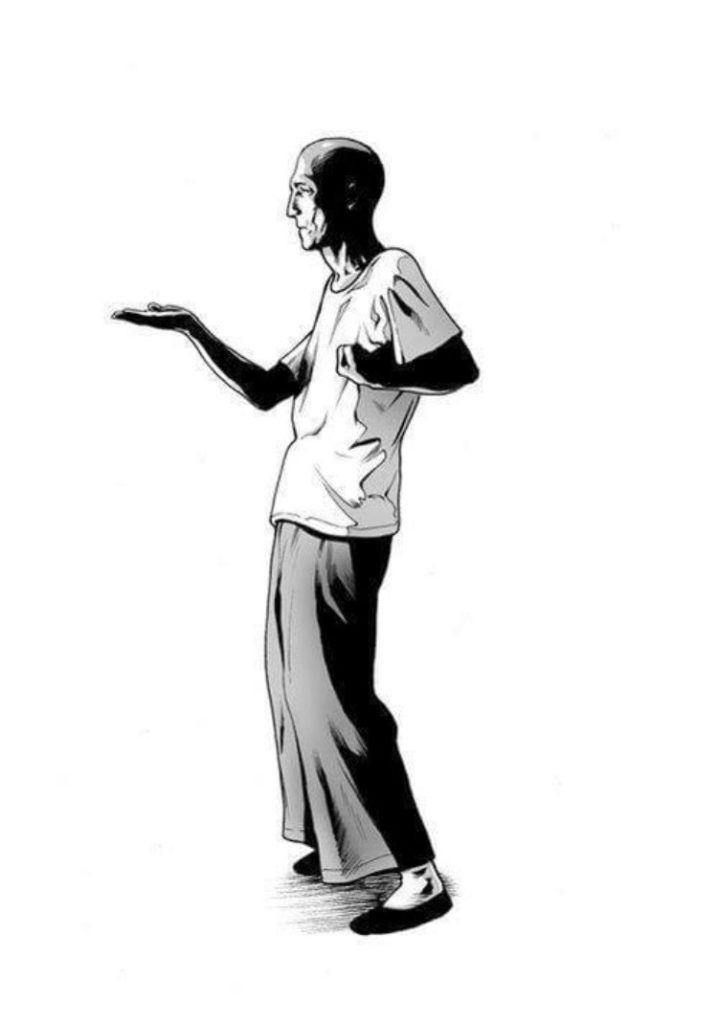Is Wing Chun the best martial art for self defence? Wing Chun was developed by a woman called Ng Mui, as legend has it. Ng Mui was a master of several martial arts who condensed them into a single style. Ng Mui taught Yim Wing-chun how to defend herself by distilling her knowledge into a system that could be learned quickly. It was also a style which she could use without developing much strength.

Wing Chun focuses on fast hand techniques and low kicks. The main aim of Wing Chun is to incapacitate your enemy as quickly as possible. With attacks such as strikes to the eyes and low knee kicks, it’s strength is in its efficiency and simplicity. Rather than needing a number of movements to bring down an attacker, Wing Chun uses the direct approach. It’s attacks are aimed towards the centre of the opponent. This is so that the full force of a strike is met, rather than causing a rotation of the body.
Strikes are made towards vulnerable parts of the body too, such as the nose, groin, knees, shins and eyes. As such a great amount of force isn’t necessary to disable an attacker easily and quickly.
Best Martial Art For Self Defence – Power Generation
Wing Chun also uses the momentum of the body mass to generate power in its hits. This is useful for a small person, who has less force than a larger person at their disposal. However, when the body is used correctly, through the Wing Chun techniques, a lot of power can be generated quickly. Bruce Lee’s famous one inch punch comes from this style. He was known to be able to generate huge force through moving his fist only one inch towards his opponent.
A punch from an untrained person might carry only 20% of their body weight behind it. Whereas if someone is trained in Wing Chun, they can generate much greater force, even if they have a smaller frame, through the correct use of body mechanics.
Best Martial Art For Self Defence – Simultaneous Counter Strikes
Wing Chun uses simultaneous attack and defence techniques which make it good for self defence. It’s known for its speed and fast hand techniques. Wing Chun’s main focus is through “sticky hands” exercise which gives a practitioner an automatic reflex when met with an attack. Through repetition, the reflex action is built up so as to react automatically and instantaneously when an attack is launched.

Through trapping drills, a Wing Chun person learns to control the attackers arms while launching multiple attacks to their most vulnerable parts. In a self defence situation, chi sau enables you to react more quickly given a stimulus.
Wing Chun is also known for its practicality. In a difficult situation, you may be constrained by your environment. In a small space, such as on public transport, in a public toilet cubicle or in an alleyway, movement is limited. Wing Chun’s direct straight line attacks and principle’s of economy of motion and minimum movement, it is very effective in this scenario.
Chi Sau
Chi sau or sticky hands is the “heart” of the Wing Chun system. It gives you a foundation of principles and forms a “game” from a fighting scenario. It also lets you learn instant forward intention which gives Wing Chun it’s speed and efficiency. See also the post on luk sau jik kuen – a principle of Wing Chun meaning “lost had strike forwards”, or rush in upon loss of contact.
See also the post on chi sau.
Wing Chun’s principles are economy of motion and minimum movement; the best defence is usually a good offence! Wing Chun also uses stop hits, a pre-emptive attack to stop an attacker gaining ground and rapid fire attacks towards the opponents centreline.
Some of the best self defence weapons of Wing Chun though are it’s simple counter attacks using low knee kicks and eye strikes which can easily and quickly disable an attacker. Also useful for self defence are it’s hand sensitivity drills and ability to control attacks and strike quickly down the centreline.


